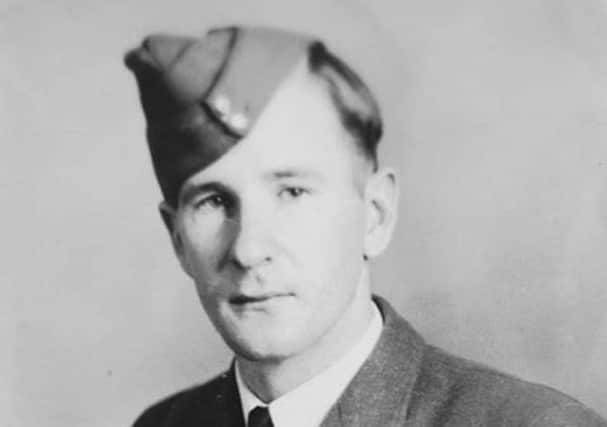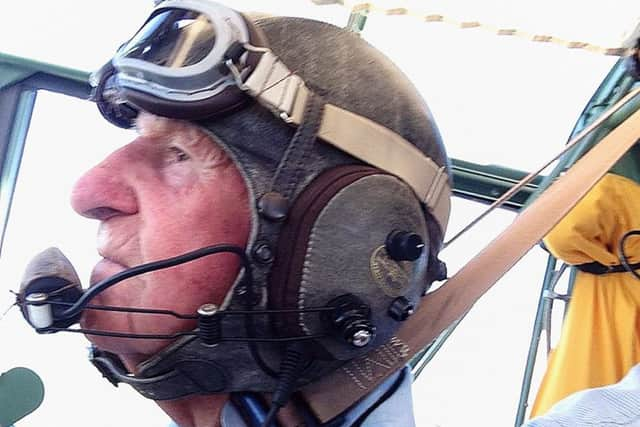Last surviving Dambusters pilot Les Munro dies


Squadron Leader Munro, from New Zealand, was a member of the famous 617 Squadron of the RAF which carried out the “bouncing bomb” raid to destroy dams in Nazi Germany during the Second World War.
The 96-year-old son of a Glaswegian immigrant to New Zealan died from heart problems in hospital in Tauranga in the Bay of Plenty in New Zealand, his friend Ron Mayhill said.
Advertisement
Hide AdAdvertisement
Hide AdThe death of Munro, whose father was a sheep farmer on New Zealand’s North Island, leaves two surviving crew members of the famous Dambusters raids – Briton George Johnson, a bomb aimer who retired as a Squadron Leader, and Canadian former front gunner Fred Sutherland, who served in the Royal Canadian Air Force and retired as a flight sergeant.


Some 19 Lancaster bombers flew from RAF Scampton, Lincolnshire, for the daring mission on May 16/17 1943, carrying Barnes Wallis’s specially adapted bouncing bombs 60ft above the ground to shatter dams in Germany’s industrial heartland and cut off vital supply lines in the Ruhr Valley.
A total of 133 Allied aircrew left for the raid aboard the 19 Lancaster bombers, led by Wing Commander Guy Gibson, but 77 were killed and three were captured. Sqn Ldr Munro’s plane was the second to take off but was one of three that had to
turn back after being hit by flak, damaging the aircraft and disabling its communications.
SEE ALSO:
Friend Peter Wheeler, of the New Zealand Bomber Command Association (NZBCA), said: “To lose someone is always difficult, but to lose someone like Les, who had a special aura, is pretty tough. In our association the youngest is 89. We look to people like Les and we think they are invincible. But we have a feeling in Bomber Command that they could have died 70 years ago. He was a great friend and he gave great service to the country, not only when he was in the air force. After the war he became a farmer, he was a councillor. He was always ready to give his time.”
Mr Mayhill, NZBCA president, said he was a “fine man” who would be much missed. The 91-year-old said Sqn Ldr Munro had been unwell for a week but his death still came as a shock.
“This is a surprise and a real disappointment,” Mr Mayhill said. “He was a fine man, not just because he was famous as part of the Dambusters but as a man and as a person he was a very fine person. He got decorations in civil as well as military life. He was a justice of the peace, he was a local councillor, he was a mayor. His life was all about service.”
New Zealand prime minister John Key said: “Really sad to hear of Les Munro’s death, New Zealand has lost a remarkable man who led a remarkable life.”
Advertisement
Hide AdAdvertisement
Hide AdSqn Ldr Munro was awarded a Distinguished Flying Cross a month after the attacks for carrying out his role “with great courage and determination”, and received the Distinguished Service Order the next year. He was later “retired” from 617, and after a brief spell commanding a bomber defence training flight, returned to New Zealand in October 1945. He stepped down from the Royal New Zealand Air Force in February 1946.
Earlier this year Sqn Ldr Munro sold his medals to Conservative peer Lord Ashcroft, raising £75,000 for the maintenance of the Bomber Command Memorial in London. His medals and decorations were donated to the Museum of Transport and Technology in Auckland.
After the sale, Sqn Ldr Munro said: “I am content I have achieved my goal of doing all I can to ensure that the men of Bomber Command who lost their lives during the Second World War will be remembered.”